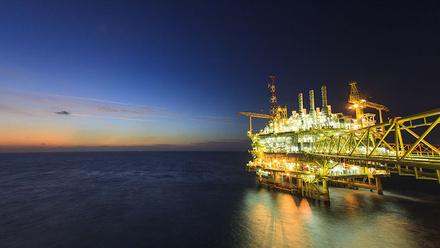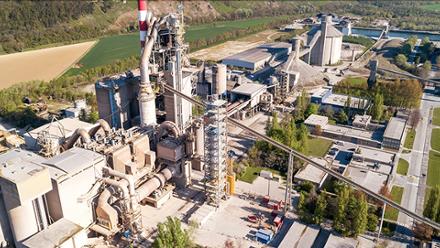Carbon storage licensing round announced
The UK’s first-ever carbon storage licensing round could make a significant contribution towards the aim of storing 20-30Mt of CO2 by 2030.

The North Sea Transition Authority (NSTA) is launching a licensing round offering 13 areas of exciting potential.
These areas are off the coast of Aberdeen, Teesside, Liverpool and Lincolnshire in the Southern North Sea, Central North Sea, Northern North Sea, and East Irish Sea and are made up of a mixture of saline aquifers and depleted oil and gas field storage opportunities.
The NSTA has launched this carbon storage licensing round in response to unprecedented levels of interest from companies eager to enter the market.
The areas on offer have a combination of attributes such as the right geological conditions, proximity to existing infrastructure which may be able to be re-purposed, and links to industrial clusters which are looking to carbon storage to help meet their decarbonisation goals.
In choosing suitable areas to make available for licensing, the NSTA fully considered issues including co-location with offshore wind, environmental issues, potential overlaps with existing or future petroleum licences, and other activities to ensure key technologies can all be taken forward.
There are currently six carbon storage licences on the UK Continental Shelf which could meet up to one-fifth of storage needs, if they reach their maximum potential of up to 40 million tonnes per annum (MTPA) injection rates by the mid-2030s. Whilst the capacity estimates of the areas offered in this round carry some uncertainty at this stage, they offer the potential to make a very significant contribution to decarbonisation of the UK.
The application window is open for 90 days, closing on 13 September, and will be evaluated by the NSTA on technical and financial criteria.
It is expected that any new licences will be awarded in early 2023. The size and scale of the licensed stores mean that they are likely to proceed at different paces, but first injection of CO2 could come as early as four to six years after the licence award.
In addition to being awarded a licence from the NSTA, successful applicants will also need to obtain a lease from The Crown Estate or Crown Estate Scotland, depending on location, before they can progress a project.



